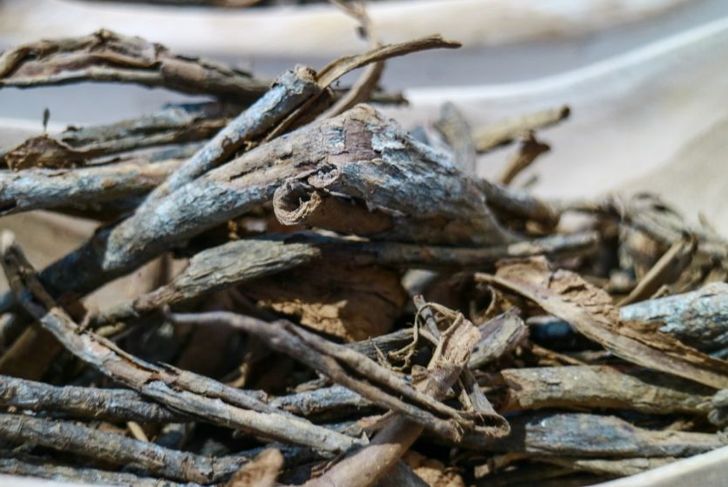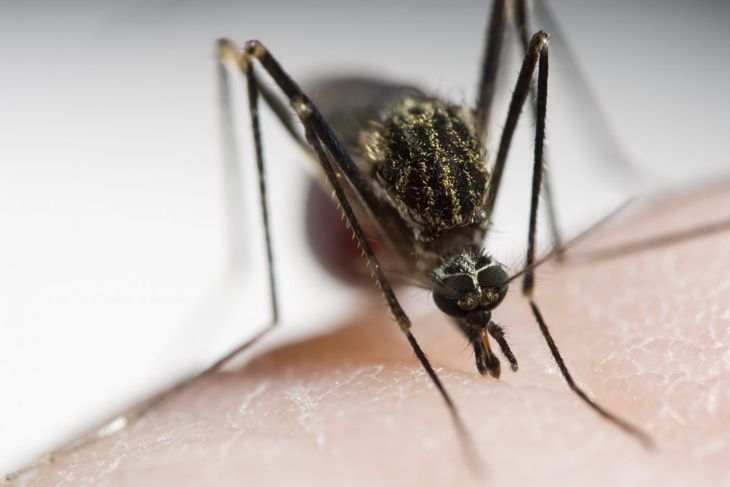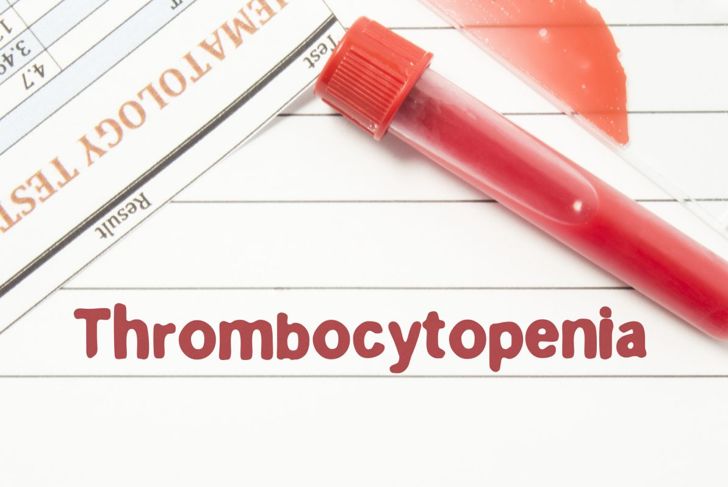Quinine has been around for centuries but hit the mainstream over the last 350 years. During the early 17th century, it was reported to have cured the Spanish Countess Anna del Chinchon while she was in Peru. In 1677, it was published in the London Pharmacopoeia, making it more well-known in other parts of the world. The last 200 years have seen this life-saving tonic water medicine become a profitable business enterprise.
What is Quinine
Quinine is an organic plant-based compound that comes from the Peruvian cinchona tree. It was used by indigenous South American people long before coming to the attention of European explorers. It treated fevers and was effective against malaria, especially when the disease ran rampant. The name “quinine” comes from the Amerindian name for the plant, quinaquina.
What is Tonic Water
The powdered bark of the cinchona tree is bitter, but it was necessary for soldiers traveling to the tropics to take it. To make it palatable, they mixed the medicinal powder with fizzy water and sugar. It was patented as tonic water in the mid-19th century and sold commercially as a prominent alcohol mixer, especially for those who enjoy gin or vodka.
For Treating Leg Cramps
The neuromuscular junction has excitable nerve endings, which can lead to leg cramps, and for years doctors prescribed quinine as a treatment. The drug quells the constant nerve firing at the junction and increases the time between those uncomfortable spasms. While it was somewhat effective, there were numerous side effects, and the FDA banned its use for leg cramps in 2009.
For Treating Malaria
The parasites that cause malaria are transmitted by the infected saliva of the female Anopheles mosquitoes. Because quinine is absorbed quickly in the gastrointestinal tract and metabolized in the liver, it effectively disrupts the parasite’s ability to digest hemoglobin. This prevents them from destroying red cells and procreating.
Side Effects: Tinnitus
Ringing in the ears — tinnitus — occurs when auditory neurons are continuously activated without the required sound stimulus. Quinine-induced tinnitus isn’t caused by problems with cochlear hair cells, as previously assumed. Research finds that the drug specifically targets and disturbs the ion channels in dopamine neurons. Fortunately, this side effect clears up once people stop using the chemical.
Side Effects: Blindness
Cinchonism is the overdose of alkaloids from the cinchona plant. One of the side effects is vision loss, which can be temporary or permanent. In one case of acute quinine poisoning, doctors found retinal edema in both eyes that caused noticeable vision loss. There was little or no pupil reaction, and even after 10 weeks, tests showed that all retinal layers were too damaged for more than limited recovery.
Side Effects: Ataxia
Ataxia is a degenerative disease that causes poor coordination and stumbling. Quinine induces cerebellar ataxia, which affects all layers of the cerebellum, impacting the brain’s ability to coordinate muscle movements. This condition may go away once treatment ceases, but some individuals require physical therapy to reach their former level of ability.
Side Effects: Quinine Sensitivity
Quinine-induced thrombocytopenia is one manifestation of quinine sensitivity. It occurs when the drug induces antibodies to destroy platelets, which help the blood clot. A low platelet count means an increased risk of uncontrolled bleeding. Purpura, blood spots that appear on the skin or in the mouth, usually accompany this condition. Corticosteroids can effectively treat thrombocytopenia.
Other Uses for Tonic Water
Tonic water has many practical uses. A simple 2-to-1 mixture of water and tonic water prolongs the life of freshly cut flowers. Sugar provides food, and quinine is a natural preservative. For fresh stains on carpets or clothing, add a bit of tonic water and let the carbonation lift the stain. It’s also good for loosening rusty bolts and cleaning glass.
Who Should Not Take Quinine?
Those who are on blood thinners cannot take quinine because it increases anticoagulation. Quinine is not recommended for those with arrhythmia, because it will further disturb cardiac rhythms, causing fainting or cardiac arrest. For pregnant women, doctors are cautious about using the drug, except if the mother has malaria. Quinine can pass from mother to fetus, and may cause miscarriage and congenital deformities.

 Home
Home Health
Health Diet & Nutrition
Diet & Nutrition Living Well
Living Well More
More




















